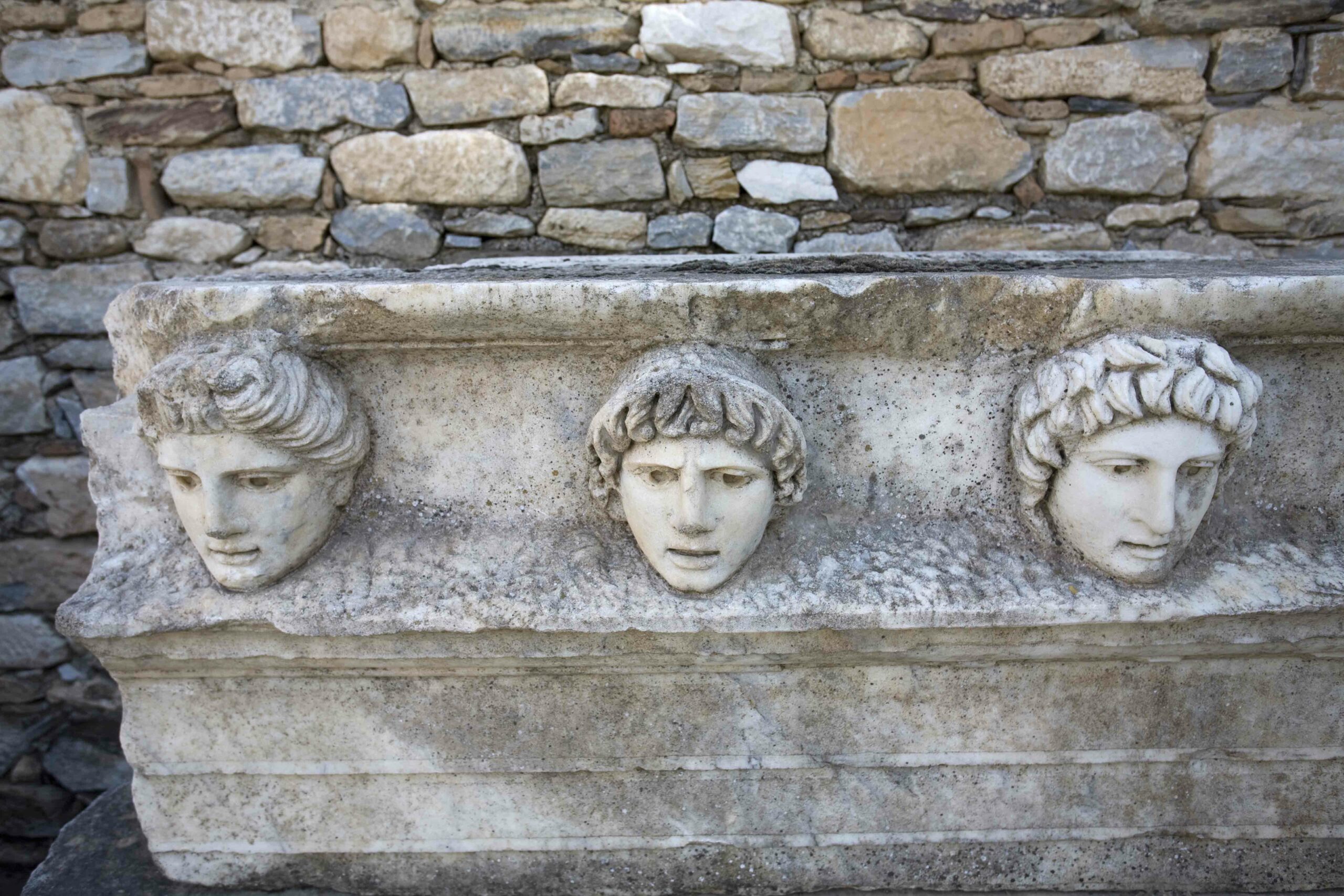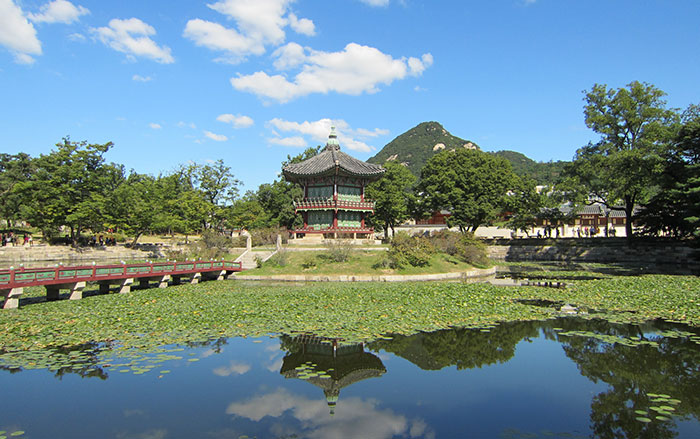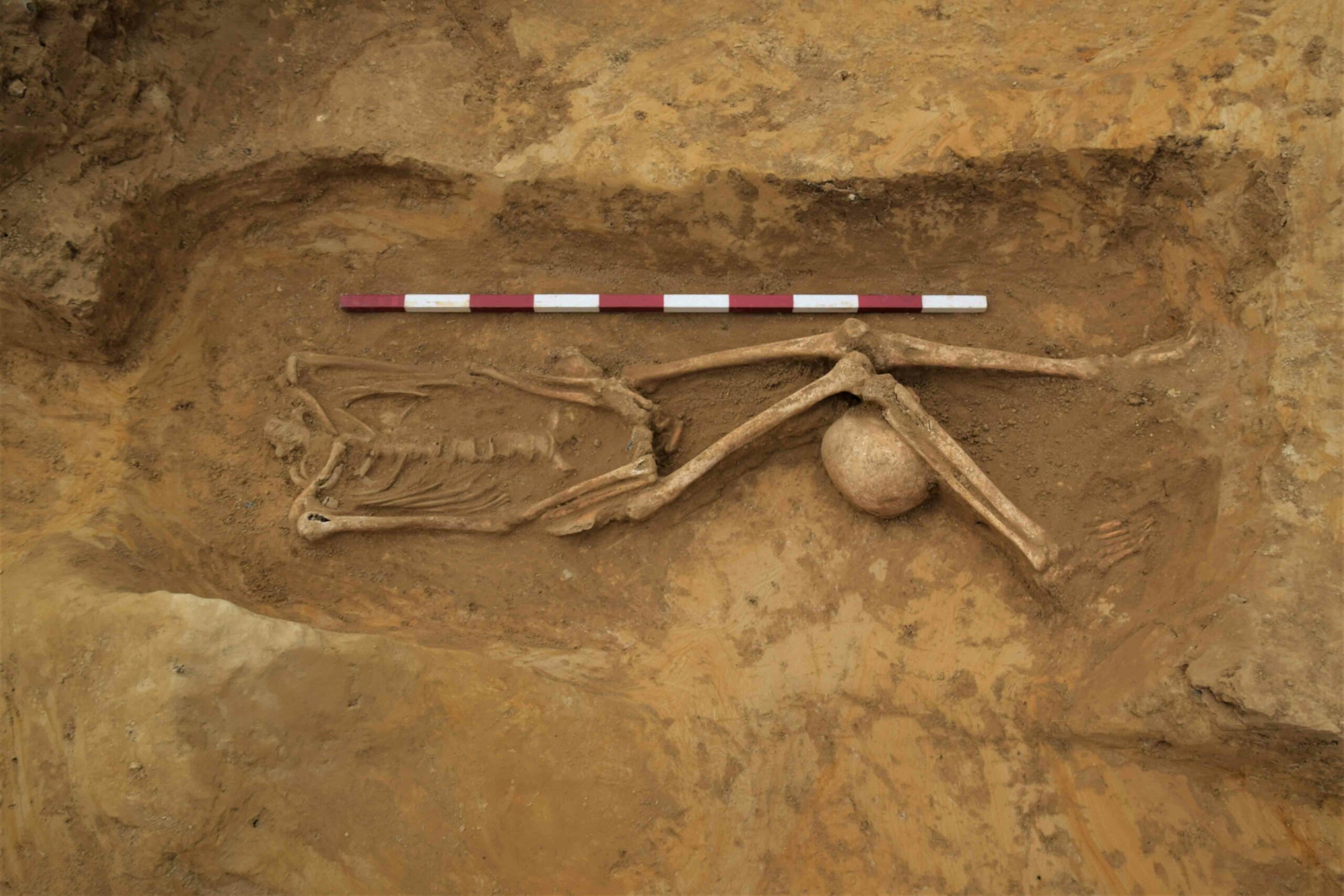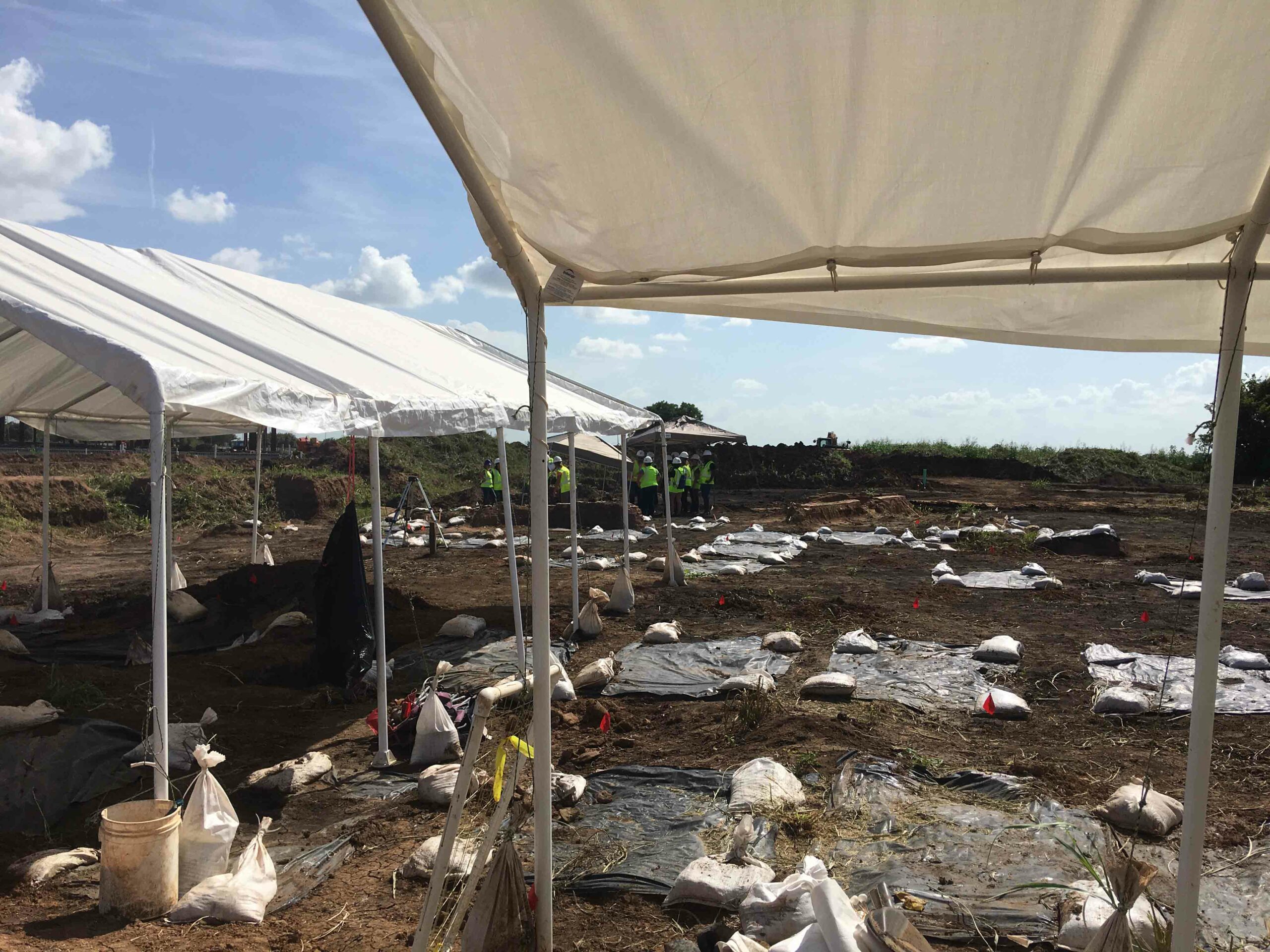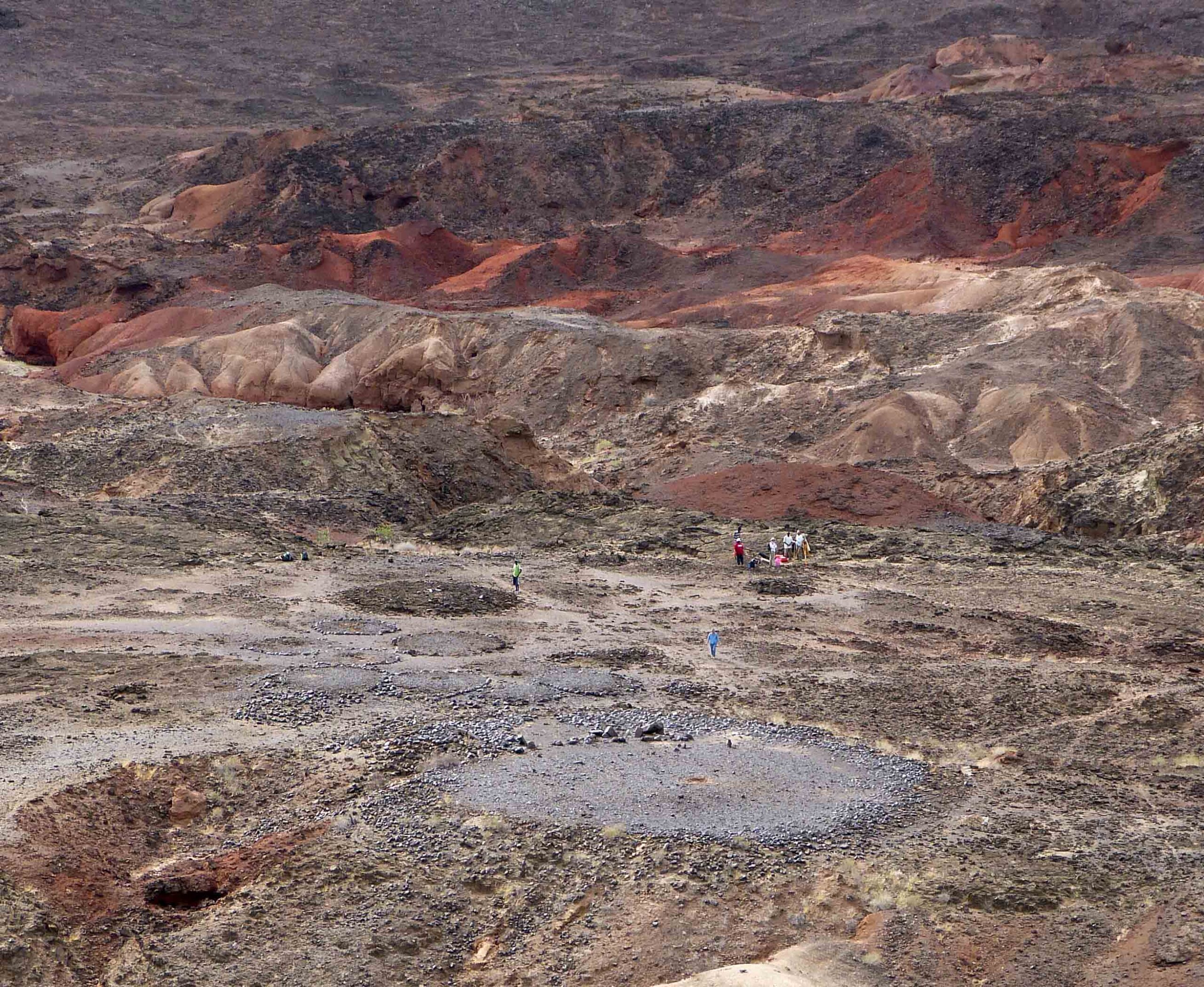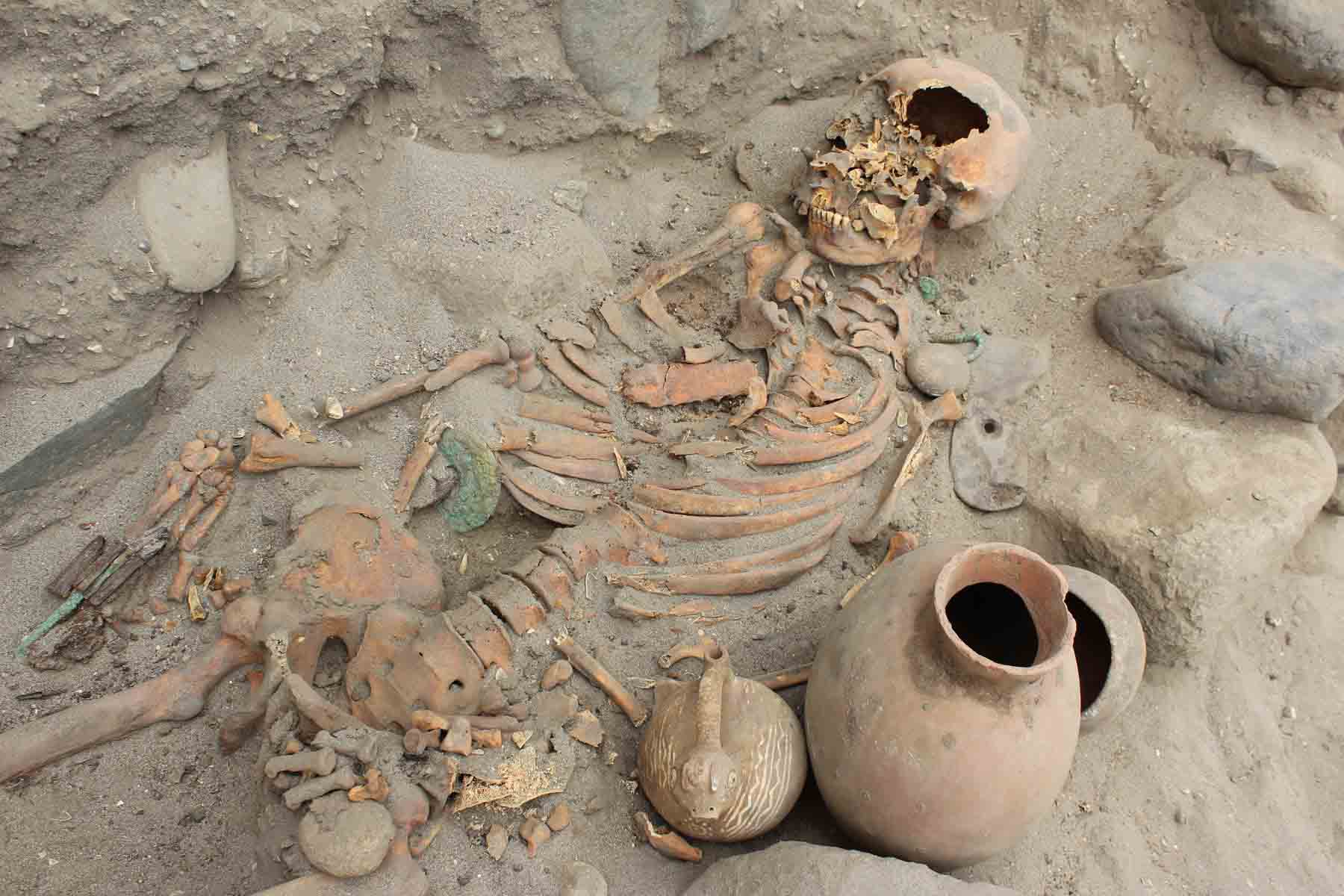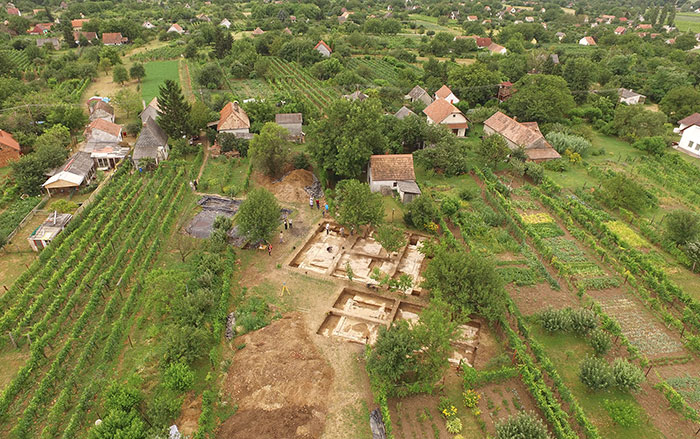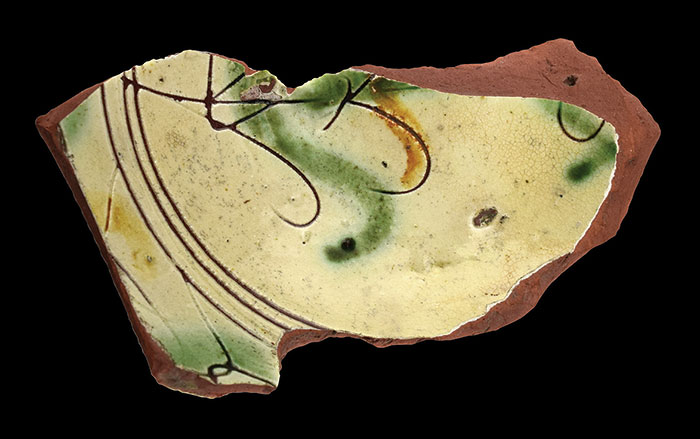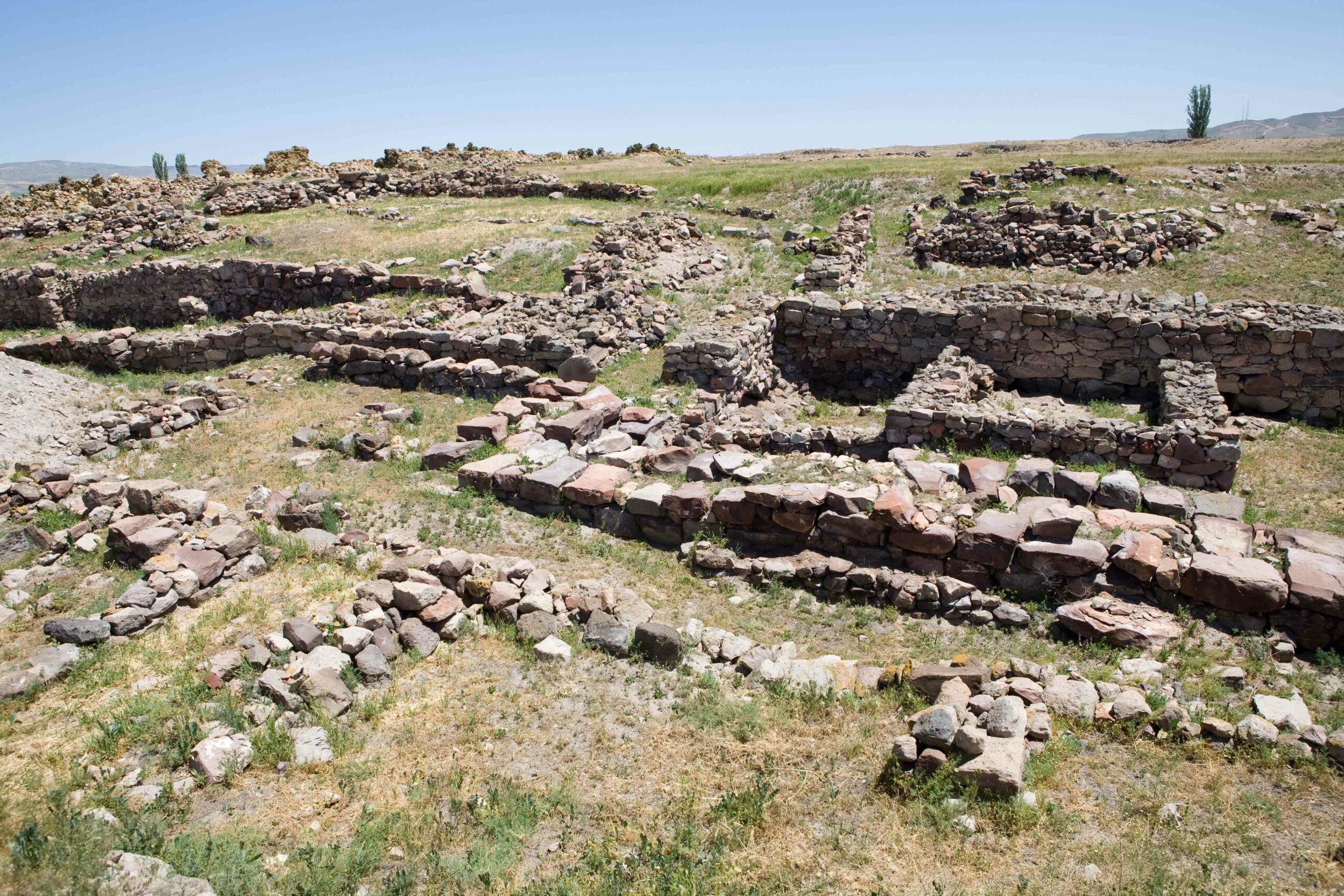
In colonial America, Philadelphia was home base for a community of ardent plant enthusiasts who came together on the banks of the Schuylkill River. There they competed to cultivate exotic specimens, fostering an Enlightenment-era spirit of inquiry that eventually led to the discipline of botany. At the Woodlands, a private estate built between the 1760s and 1780s, wealthy collector William Hamilton amassed what was possibly the largest collection of flora in the country and constructed a state-of-the-art greenhouse known to have been visited by Thomas Jefferson. Hamilton, with the help of his friend and neighbor, seed dealer William Bartram, created a garden dedicated to aesthetics and to building a scientific collection of plants from around the world.
According to archaeologist Sarah Chesney, who identified and excavated the Woodlands’ greenhouse, the structure is an example of Hamilton’s fervor for this project. “You have to be committed to pour resources and time into what was really a non-essential building,” she says. “Its remains are now valuable physical evidence of this remarkable and transient exchange of plants and ideas.” After Hamilton’s death, the estate was eventually sold and the gardens gave way to a public cemetery in the 1840s. “We have a nineteenth-century cemetery superimposed on an eighteenth-century estate,” explains the Woodlands’ executive director Jessica Baumert. “The company used as much of the infrastructure that was already in place as they could to design the cemetery, and that will provide us with a template as we seek to learn more about the Woodlands’ rich garden history.”





